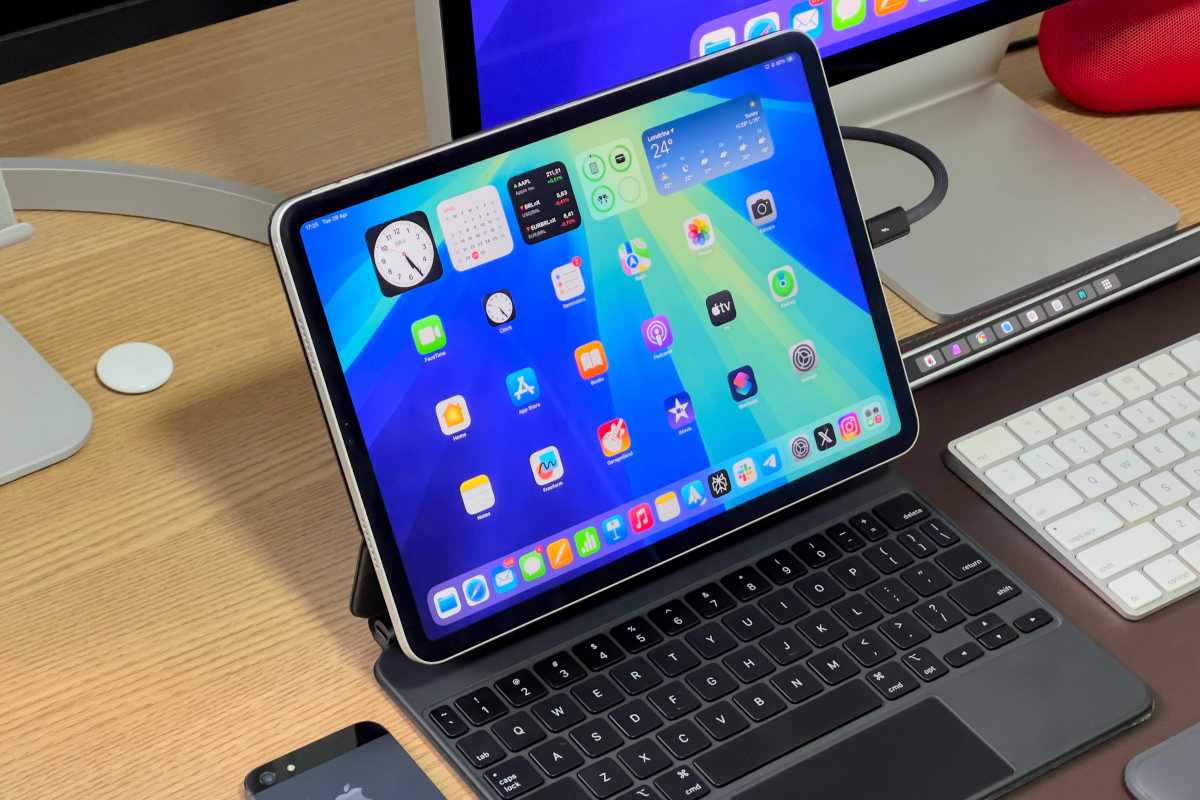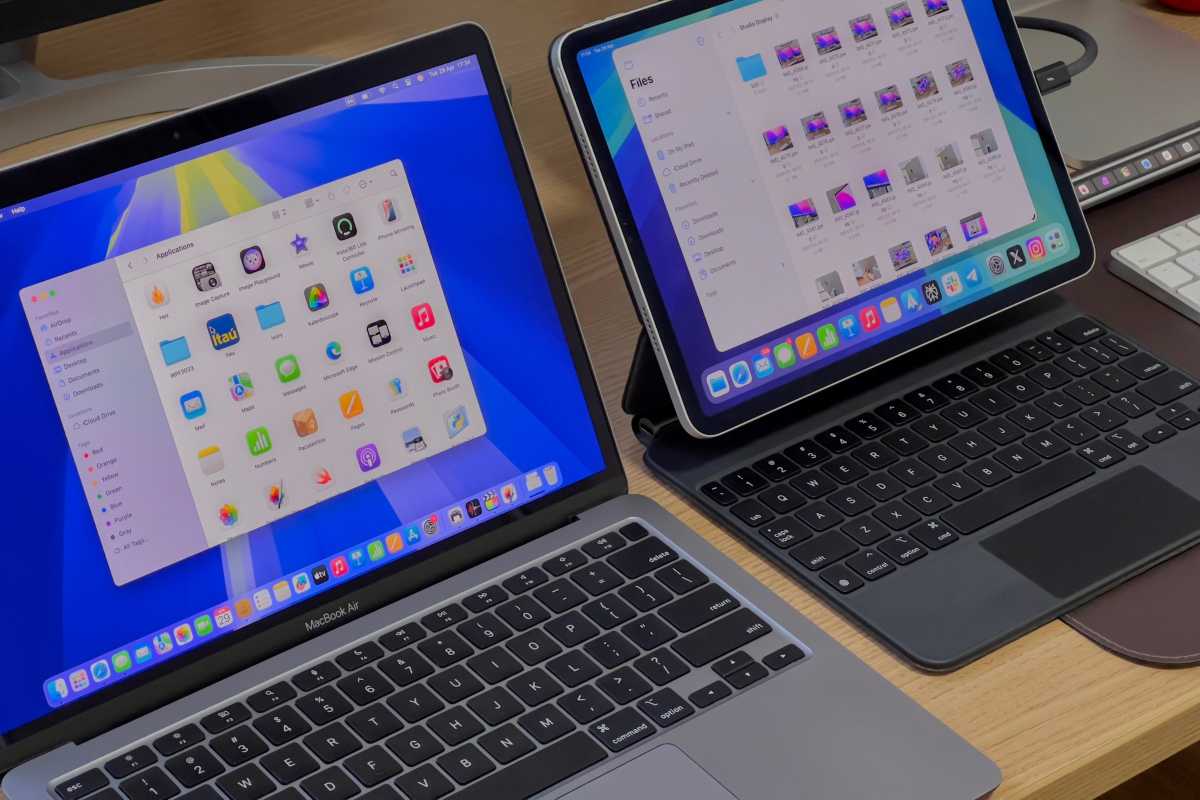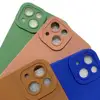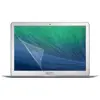Ever since Apple introduced the first iPad Pro in 2015, it’s been advertising its flagship tablet as a worthy PC replacement. Campaigns such as “Your next computer is not a computer” and “What’s a computer?” have made it clear Apple wants people to see the iPad as more than a fun tablet.
At the same time, the iPad has many limitations that prevent it from truly replacing a computer like Apple’s MacBooks. And although iPadOS 26, which is coming to iPads this fall, introduces many new macOS-inspired features, iPad Pro will almost certainly never be a full MacBook replacement.
Great hardware limited by software
iPads have impressive hardware, especially the Air and Pro models powered by the same chip as the latest Macs. The fact that you can buy an iPad Pro with the same M4 chip as a MacBook Pro is incredible. And it’s a big reason why Apple positions it as a PC replacement – after all, it has the same CPU and GPU as a Mac.
But a computer is more than the sum of its components. The thing is, the iPad’s software doesn’t take advantage of the full potential of the chip inside it. For example, the iPad still runs iOS apps, which are often the same or similar to the apps you have on your iPhone, but bigger. For the most part, you simply can’t run the same software you find on a Mac.

Hooking the iPad Pro to an external display is a reminder that it just isn’t the same as a Mac.
Foundry
iPad users have always asked for multi-window support, and Apple finally gave it to us with Stage Manager in iPadOS 17, but not quite in the way most people would have expected. Stage Manager does let iPad users interact with multiple apps on the screen at the same time, but it’s not like macOS or Windows. You can’t freely resize windows, and there’s a limit to the number of apps you can open at the same time.
iPadOS 26 finally fixes this with a new window management system that lets users move apps around the screen freely, just like on a Mac. Even so, there’s still a lot to be done. For example, when I plug my iPad into my Studio Display, the experience is disappointing.
iPadOS still doesn’t really take advantage of external monitors. Apps have a lot of empty space on a big screen, and the Home Screen interface looks terrible on a 27-inch display. Not to mention that the iPad doesn’t have Clamshell mode like MacBooks, so the iPad screen needs to stay on—closing the Magic Keyboard also shuts off the image on the external monitor.
And even when I use “pro” apps such as Photoshop and Final Cut, they’re just not the same software available for macOS. They’re essentially tablet versions with a lot of limitations.
Apple doesn’t want the iPad to become a MacBook
The truth is, Apple doesn’t want the iPad to become a MacBook replacement. Yes, they’ll be happy if you switch from a Windows laptop to an iPad, but Apple also wants its users to crave both an iPad and a MacBook, because the company sees them as two distinct products for different tasks.
iPadOS, even the vastly improved version 26, is basically a tablet version of iOS, because iPad was born as a larger iPhone. It relies on touch as its main input method and is made to run on screens much smaller than any MacBook.

The touch-first iPad interface means it will always be inherently diffferent than a Mac.
Foundry
To make the iPad a true Mac replacement, Apple would need to fundamentally change how iPadOS works, not just add new features. The macOS interface was designed to be used with a keyboard and mouse. While you can use the iPad Air and iPad Pro with a keyboard and mouse, many people don’t. And compromising the experience people have in favor of better support for external input methods would be a problem.
Not to mention that macOS is a much more robust operating system with support for third-party drivers, a full terminal, and sideloading – and this is what allows developers to create much more complex apps for the Mac. But Apple doesn’t seem to be willing to open up iOS and iPadOS to have the same level of openness as macOS.
For Apple, having iPad users limited to the App Store ecosystem is a good thing – after all, iPad users have been used to it since day one.
Still, there are a lot of things Apple could do to make the iPad experience better for “pro users.” iPadOS should have a better file manager, an easier way to install fonts, and a new way to automatically optimize the interface for when you’re using the iPad as a tablet versus with a keyboard, mouse, and external monitor.

The iPad looks more like a Mac than ever—but it’s still falls short.
Foundry
But at the end of the day, Apple still expects you to buy both an iPad and a Mac. That’s why I no longer believe that the iPad will ever replace the MacBook. For Apple, it makes much more sense to convince customers that iPad and Mac work well together (because they do) than to make the iPad as appealing as a MacBook.
Don’t get me wrong, I love using my iPad Pro to write, browse the web, and edit photos on the go, especially with an Apple Pencil. The iPad is a great creativity platform, but it’s not a MacBook replacement, and you probably shouldn’t expect it to ever become one.
Now it’s up to you to decide whether you need a MacBook, can make do with a MacBook, or are willing to spring for one of each.





